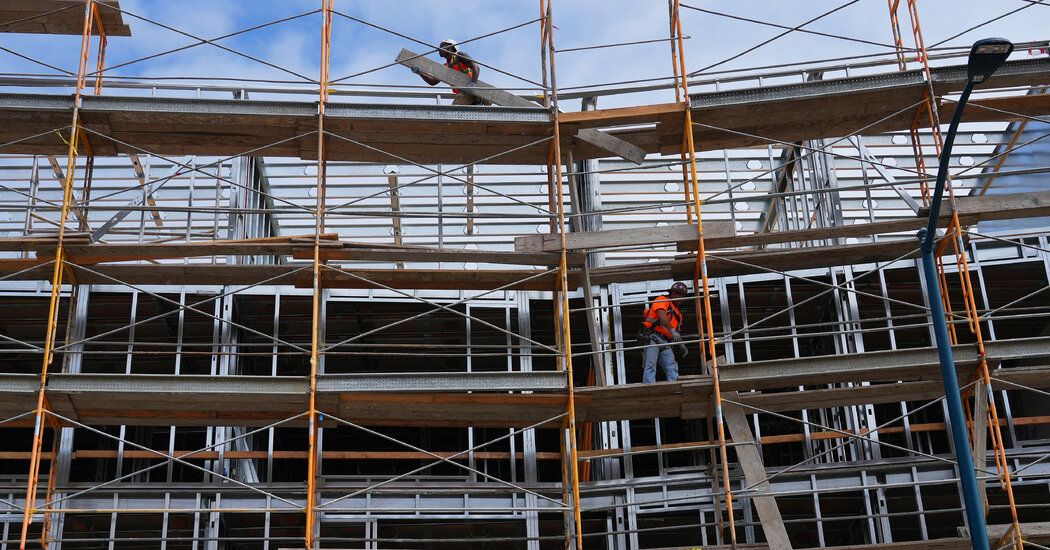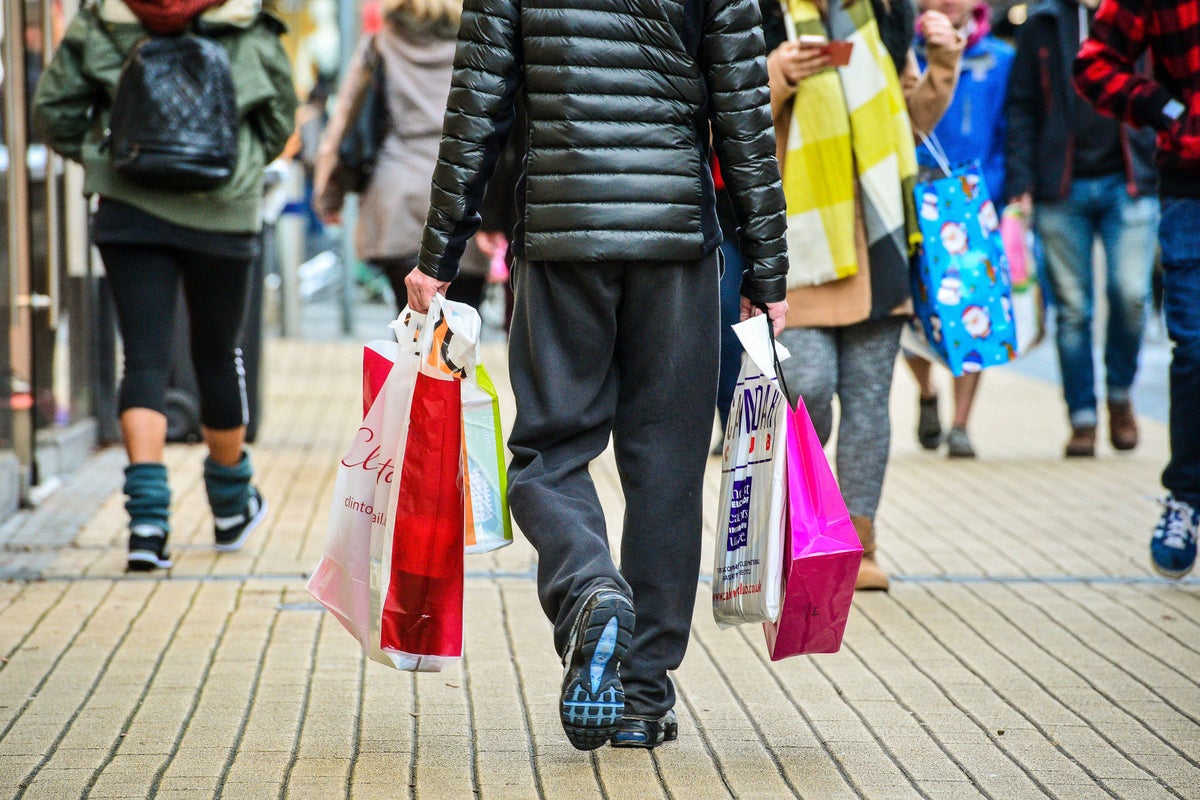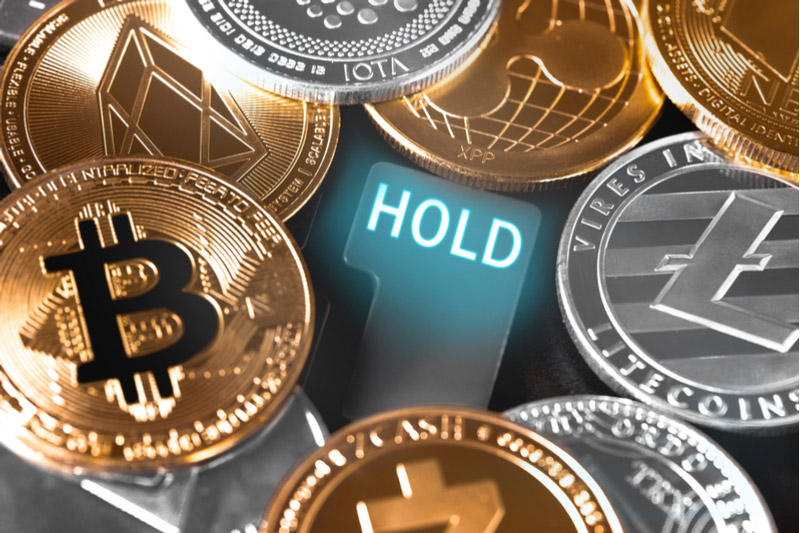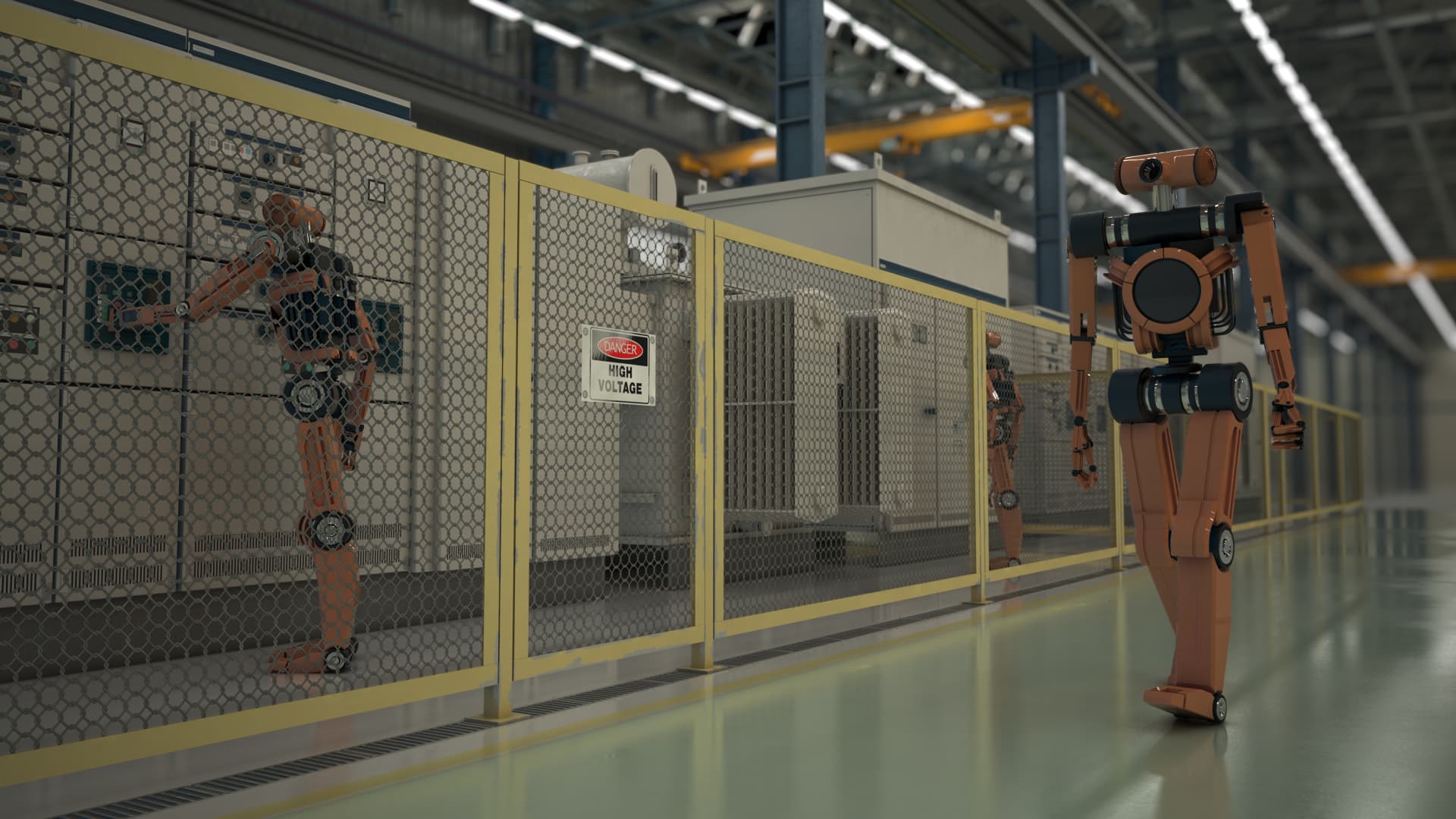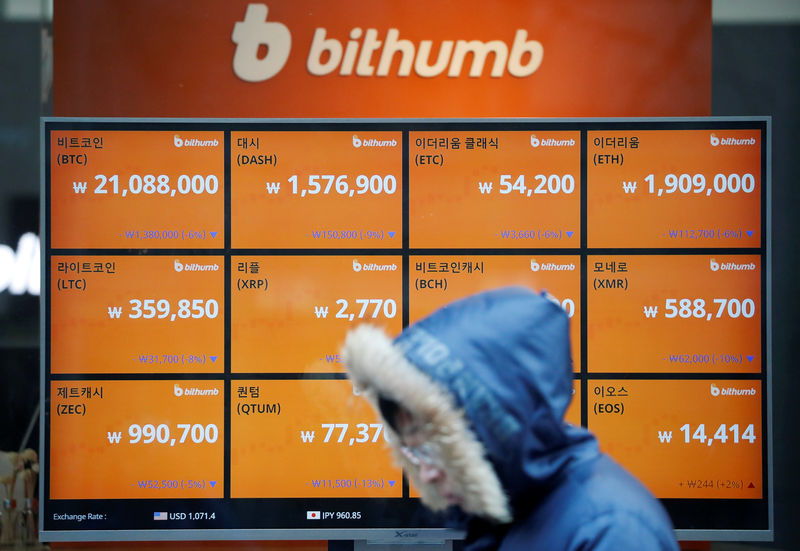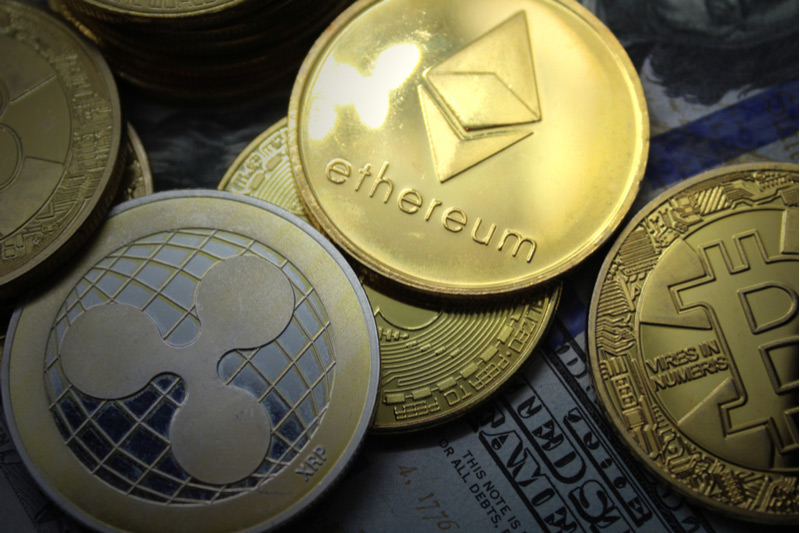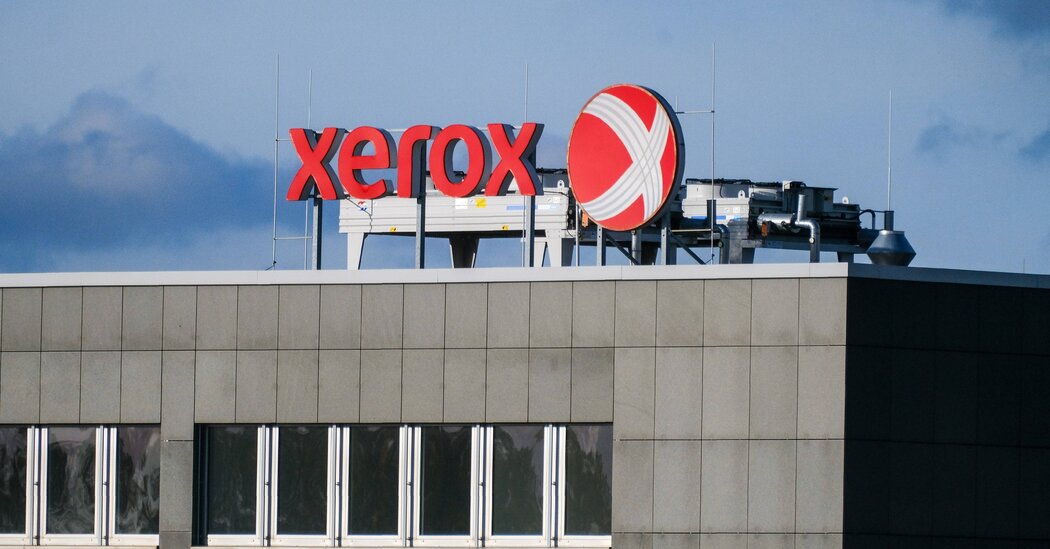The recession that the United States expected never came.
Many economists spent the first months of 2023 predicting a painful recession, a view so widespread that some commentators began to take it for granted. Inflation had soared to the highest level in decades, and several forecasters thought a drop in demand and a prolonged rise in unemployment would be necessary to combat it.
Instead, the economy grew 3.1 percent last year, up from less than 1 percent in 2022 and faster than the five-year average before the pandemic. Inflation has fallen substantially. Unemployment remains at record lows and consumers continue to spend even with the Federal Reserve's interest rates at their highest level in 22 years.
The divide between apocalyptic predictions and the reality of the heyday is forcing Wall Street and academia to settle the score. Why did economists get it so wrong, and what can policymakers learn from those mistakes as they try to anticipate what might come next?
It is too early to draw firm conclusions. The economy could still slow as the Fed's two years of rate hikes begin to pile up. But what is clear is that the old models of how growth and inflation are related did not serve as accurate guides. Bad luck fueled the initial burst of inflation more than some economists appreciated. Good luck helped lower it again, and other surprises have appeared along the way.
“We didn't fully understand macroeconomics before, and this was a pretty unique time,” said Jason Furman, a Harvard economist and former Obama administration economic official who thought reducing inflation would require higher unemployment. “Economists can learn a huge, healthy dose of humility.”
Economists, of course, have a long history of getting their predictions wrong. Few saw the global financial crisis coming at the beginning of this century, even as the mortgage meltdown that triggered it was already underway.
Still, the recent failures were particularly big. First, many economists ruled out the possibility of rapid inflation. When prices skyrocketed, Fed economists and professional forecasters generally expected at least a brief period of contraction and a rebound in unemployment. Neither has materialized, at least so far.
“It was always going to be difficult to forecast what an economy would look like coming out of a largely unprecedented pandemic,” said Matthew Luzzetti, chief economist at Deutsche Bank, whose team's recession forecast last year turned out to be too pessimistic.
Not all economists expected a recession last year. Some correctly expected inflation to fall as pandemic disruptions faded. But even most of them were surprised by how little damage the Federal Reserve's rate-hiking campaign appears to have caused.
“The unemployment rate hasn't even increased since the Fed started tightening,” said Alan S. Blinder, a Princeton economist who was vice chairman of the Federal Reserve during the last successful soft landing and was a leading voice advocating that another adjustment was possible. . “I don't know how many people expected that. “I know I didn't do it.”
The series of forecast errors began in early 2021.
Back then, a handful of prominent economists, including Lawrence H. Summers, a former Harvard Treasury secretary, began warning that the United States could see a rise in inflation as the newly elected Biden administration enacted a large stimulus package, which included one-time checks and state and local aid, in addition to coronavirus relief from the previous Trump administration. He worried that the money would fuel so much demand that it would drive up prices.
Many government officials and economists vociferously doubted that inflation would rise, but rising prices came. Part of this was due to demand and part was due to bad luck and pandemic disruptions.
Stimulus money and lifestyle changes tied to the pandemic had helped boost purchases of goods at a time when supply chains established to deliver those products were under pressure. Shipping routes were not prepared to withstand the avalanche of demand for sofas and gym equipment. At the same time, manufacturers faced rolling shutdowns amid virus outbreaks.
The Russian invasion of Ukraine in 2022 further fueled price increases by disrupting global food and fuel supplies.
That summer, the U.S. consumer price index had peaked with a 9.1 percent annual increase and the Federal Reserve had begun to respond in a way that made economists think a recession was imminent.
In March 2022, Fed policymakers began what quickly became a rapid series of rate hikes. The goal was to make it very expensive to buy a house or a car or expand a business, which in turn would slow the economy, weigh on consumer demand and force companies to stop raising prices so much.
These emphatic rate adjustments aimed at cooling inflation have typically led to recessions, so forecasters began predicting a slowdown.
“History has shown that those two things combined usually end in recession,” said Beth Ann Bovino, chief economist at US Bank, referring to the combination of high inflation and rate increases.
But the economy, while challenging for some families, between high prices and expensive mortgages, never fell off that cliff. Hiring gradually decreased. Consumer spending cooled, but in fits and starts and never abruptly. Even the interest rate-sensitive real estate market stabilized without collapsing.
Strong government support helps explain some of the resilience. Households were full of savings accumulated during the pandemic, and state and local authorities were slowly spending their own government's pandemic money.
At the same time, a strong labor market helped boost wages, allowing many households to weather price increases without having to make big cuts. Years of ultra-low interest rates had also given households and businesses the opportunity to refinance their debts, making them less sensitive to the Federal Reserve's campaign.
And part of the persistent strength comes from the fact that with inflation cooling, Federal Reserve officials could backtrack rather than crush the economy. They paused rate increases after July 2023, leaving them in a range of 5.25 to 5.5 percent.
This raises a question: Why has inflation cooled even when the Fed stopped short of sinking growth?
Many economists previously thought that a sharper slowdown would likely be necessary to fully eradicate rapid inflation. Summers, for example, predicted that it would take years of unemployment above 5 percent to control price increases.
“I was of the opinion that soft landings” were “the triumph of hope over experience,” Summers said. “This seems like a case where hope has triumphed over experience.”
He pointed to several factors behind the surprise: among them, supply problems have eased more than he expected.
Much of the disinflation was due to a reversal of earlier bad luck. Gas prices fell in 2023 and those lower prices spread to other industries. Healing supply chains allowed good prices to stop rising so quickly and, in some cases, fall.
And there was a certain economic cooling. Although unemployment remained fairly stable, the labor market rebalanced in other ways: There were about two job openings for every available worker in 2022. That's down to 1.4 now, and wage growth has cooled as Employers compete less fiercely to hire.
But that labor market adjustment was smoother than many expected. Leading economists had doubted that it was possible to cool conditions by cutting job openings without also causing a rise in unemployment.
“I would have thought it was an iron law that disinflation is painful,” said Laurence M. Ball, an economist at Johns Hopkins and author of an influential 2022 paper that argued that reducing inflation would likely require increasing unemployment. “The general lesson, which we never seem to fully learn, is that it is very difficult to forecast things and we should not be too confident, especially when there is a very strange historical event like Covid.”
Now the question is what that means for the coming months. Could they surprise economists again? They expect moderate inflation, continued growth and several rate cuts from the Federal Reserve this year.
“We have landed softly; We just have to get to the door,” Furman said.
Fed officials could offer insight into their own thinking at their meeting next week, which concludes Wednesday. Investors expect policymakers to keep interest rates steady, but will be watching a news conference with Federal Reserve Chairman Jerome H. Powell for any hints about the future.

